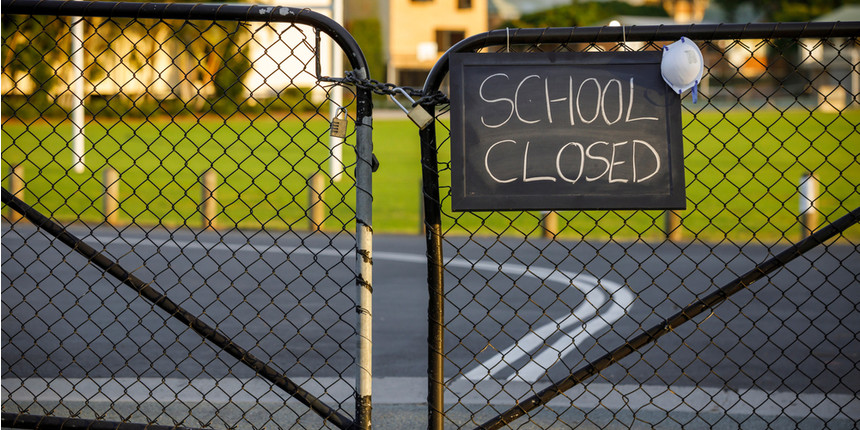
Scholars have started to estimate the effects of non-pharmaceutical interventions to reduce the health impact of COVID-19.
However, the empirical evidence is highly contested, and since it is not known exactly what would have happened without those measures, political élites are left free to give credit to the voices that they prefer the most.
We argue that any sensible assessment of the effectiveness of anti-COVID policies requires methodological reflection on what is actually comparable, and how to approximate the ideal “method of difference” theorized by John Stuart Mill.
By evaluating the effectiveness of school closures as an anti-COVID policy, we provide two examples in which appropriate counterfactuals are inductively discovered rather than selected a priori. In the first one, we use Coarsened Exact Matching (CEM) in a cross-country setting, while in the second one, we implement the Synthetic Control Method in a within-country analysis. The article highlights the methodological advantages of including these techniques in the toolbox of policy scholars, while both examples confirm the effectiveness of school closures.
Marco Giuliani (2023) COVID-19 counterfactual evidence. Estimating the effects of school closures, Policy Studies, 44(1): 112-131, DOI: 10.1080/01442872.2022.2103527

